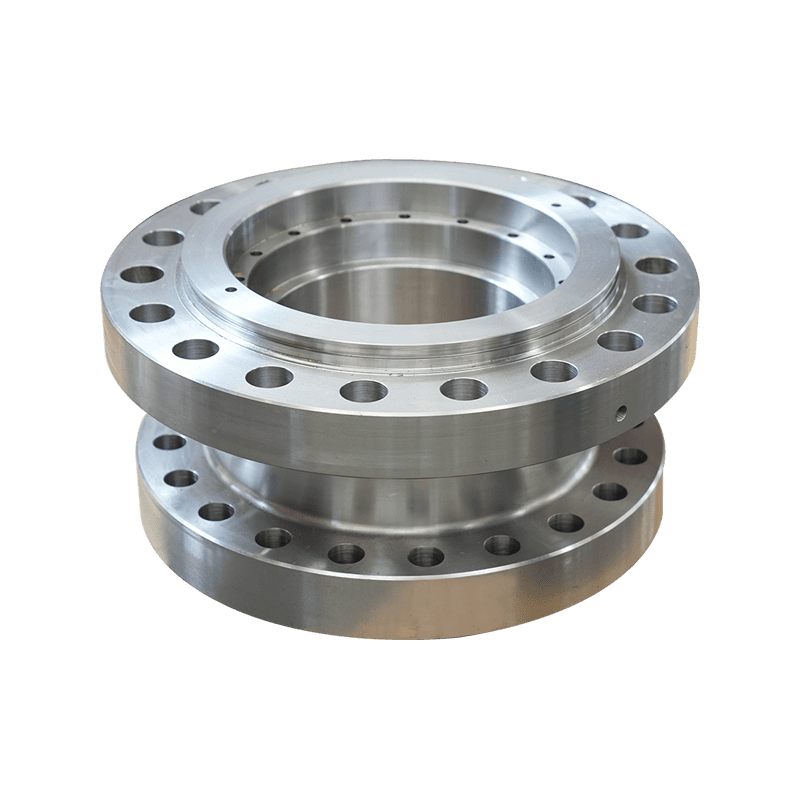The world of industrial applications is constantly evolving, and with it comes the need for more efficient and reliable valve components. These components are the unsung heroes of many systems, facilitating everything from fluid regulation to pressure management.
One of the most significant trends in valve component manufacturing is the use of advanced materials. Traditionally, materials such as stainless steel and cast iron have been the mainstay for valve bodies and components. However, with the rise of new technologies, manufacturers are now exploring options such as high-performance plastics and composites. These materials offer several advantages, including reduced weight, enhanced corrosion resistance, and improved thermal stability. This shift not only increases the longevity of valve components but also contributes to overall system efficiency.
In addition to material advancements, the design of valve components is also undergoing a transformation. The integration of computer-aided design (CAD) technology allows for more intricate and efficient designs that optimize flow characteristics. Improved valve designs can reduce energy consumption and enhance flow control, making systems more efficient. For example, streamlined valve bodies can minimize turbulence and pressure drops, leading to better performance in various applications.
The introduction of smart technologies is another exciting development in the field of valve components. With the growing demand for automation and real-time monitoring, smart valves equipped with sensors and actuators are becoming increasingly popular. These valves can provide real-time data on flow rates, pressure levels, and overall performance, allowing for proactive maintenance and immediate adjustments as needed. This capability not only enhances reliability but also contributes to more efficient operations by reducing downtime.

Moreover, advancements in manufacturing techniques are enabling greater precision and consistency in valve component production. Techniques such as 3D printing and additive manufacturing allow for rapid prototyping and customization, reducing lead times and costs. This flexibility enables manufacturers to respond quickly to market demands and customer specifications, ensuring that valve components meet the unique needs of various applications.
Quality control remains a top priority in the manufacturing of valve components. As industries become more stringent in their requirements, manufacturers must implement rigorous testing and inspection processes. Automated inspection technologies, such as laser scanning and machine vision, can ensure that every component meets exacting standards. This level of quality assurance not only enhances the reliability of valve components but also builds trust with customers.
Sustainability is also becoming a crucial consideration in the design and manufacturing of valve components. As industries work to reduce their environmental impact, manufacturers are exploring eco-friendly materials and processes. This includes using recyclable materials and reducing waste during production. Emphasizing sustainability not only benefits the environment but can also improve a company’s reputation and marketability.









